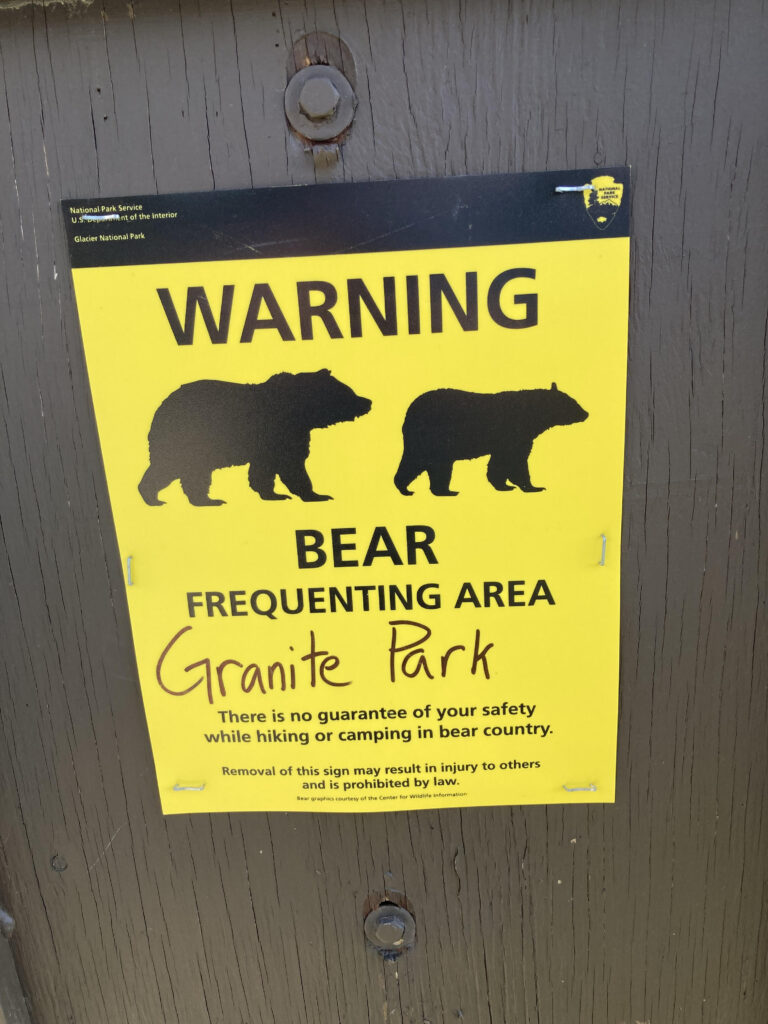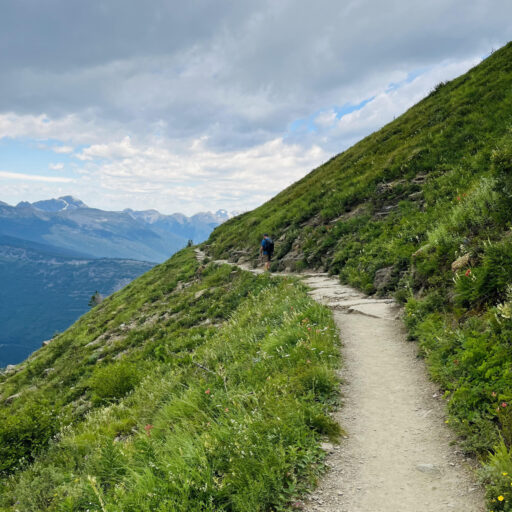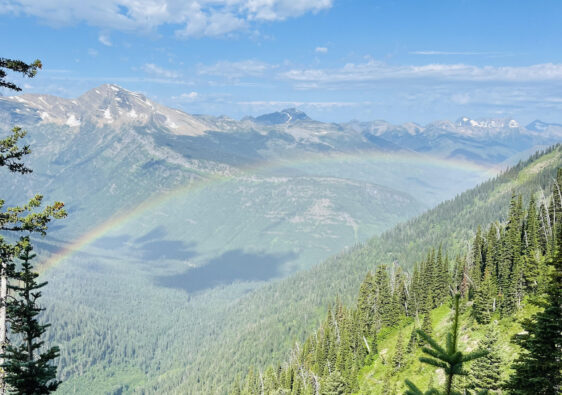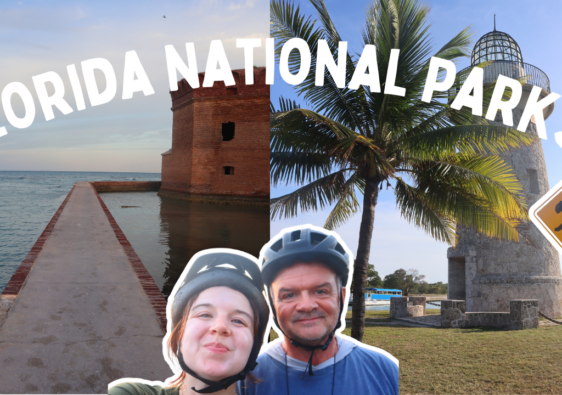Glacier National Park is a stunning, beautiful destination. The park has something for everyone, from crystal clear lakes to epic hiking adventures to spectacular scenery. The park boasts about three million visitors each year, and travelers come from all over the world to experience a true gem in the U.S. national park system. But, is Glacier safe? In this guide I will be going over common safety questions, then discussing Glacier specific safety!

Glacier Safety Concern Number 1: Grizzly Bears.
There is a very healthy grizzly bear population in Glacier, and the grizzlies do indeed coexist with the plethora of hikers that frequent the area. Grizzly bears are bigger than black bears, and are known to be more aggressive. Have grizzly attacks happened in Glacier? Yes, but there are several precautions you can take to keep you and your family safe.
First, have bear spray and know how to use it. Bear spray is essentially like pepper spray for bears, and does not do any long term harm to the bear. I would recommend learning how to use the bear spray through a video or by asking a ranger to show you (they are all very nice!).


Given that bear spray is indeed a spray, make sure that the wind is blowing on your side as well. If it is blowing the wrong direction, instead of hitting the bear the spray could hit you!
Another piece of advice frequently shared in Glacier is to not hike in groups less than four. In Glacier I would avoid hiking alone, but many of the trails are so busy that hiking in a group of two or three still feels safe. If you are looking for a good list of hikes in the area, reference this guide to the best hikes in Glacier!

Finally, the app All Trails and the national park website give frequent updates about the frequency of bear sightings in the various parts of the park. Some trails have grizzlies that hang out near them for days at a time, while other trails do not have as frequent sightings.
If you are very stressed about grizzlies, then I would recommend hikes that are in the tundra, high elevation region of the park. While grizzlies still frequent the area, it is a lot less stressful to hike in grizzly country if you have a more expansive view of an area.
Safety Concern Number 2: Weather.
Glacier National Park is a place where the weather changes frequently. Often times there will be little warning before a storm blows through, and many sections of the park are quite exposed. The weather app can also not be the most reliable in areas like Glacier.
The best way to reduce weather related concerns and stay safe is by hiking early in the morning. Mid afternoon is a common time for small but violent storms, so you want to make sure you are getting on the trail with plenty of time to complete your hike. Glacier safety involves focusing on the tools you can use to stay safe and have fun!

If you are caught out on the trail during a storm (happens to the best of us), then do your best to avoid open spaces, and get creative about different ways to take shelter.
Safety Concern Number 3: Falling.
Glacier is a high elevation park, and many of the hikes are best suited for experienced hikers. Most of the hikes in Glacier involve traversing along cliff edges, and some hikes involve minor rock scaling. However, good safety in Glacier involves focusing on how to be adventurous, but also clear and aware of surroundings.
The best way to stay safe from falling in Glacier is by avoiding any ledges and hiking your own hike. This means only doing trails that you are comfortable and confident you can complete.
Since the dawn of the internet, falling related accidents have risen due to people putting themselves in unsafe positions in order to “get the shot.” DON’T BE THIS PERSON. When trying to take a picture, make sure you stay in designated areas and do not put your safety at risk in order to take a cool picture.

In a similar vein, one of the best ways to stay safe while on trail is to actually stay on the trail. Not only does staying on the trail reduce your risk of falling, but most of the sub-alpine environment is very fragile and a single footprint could kill an organism.
Glacier Safety Concern Number 4: Getting Lost on Hikes
This is a very valid, real concern. Many of the hikes in Glacier are remote, and there is virtually no cell service in the park.
However, there are several precautionary steps you can take to help ensure you know where you are going on your hike.
First, I would recommend downloading the All Trails app, which allows you to read reviews, post pictures, and research hikes. The app has an option for you to download offline maps to use during your hike, so you can ensure you are on the trail. This is such a game changer in making sure you are on the right path and seeing how much of the hike you still have to go.

Another good practice, particularly in Glacier, is to take a picture of the map that is right in front of the trail-most hikes in Glacier have ample signage and details at the beginning of the trail.
Like most meaningful things in life, there is some risk associated with visiting Glacier National Park. However, it is my opinion that the amazing features of Glacier far outweigh the risks, especially if you take proactive steps to reduce that risk. Happy hiking!




